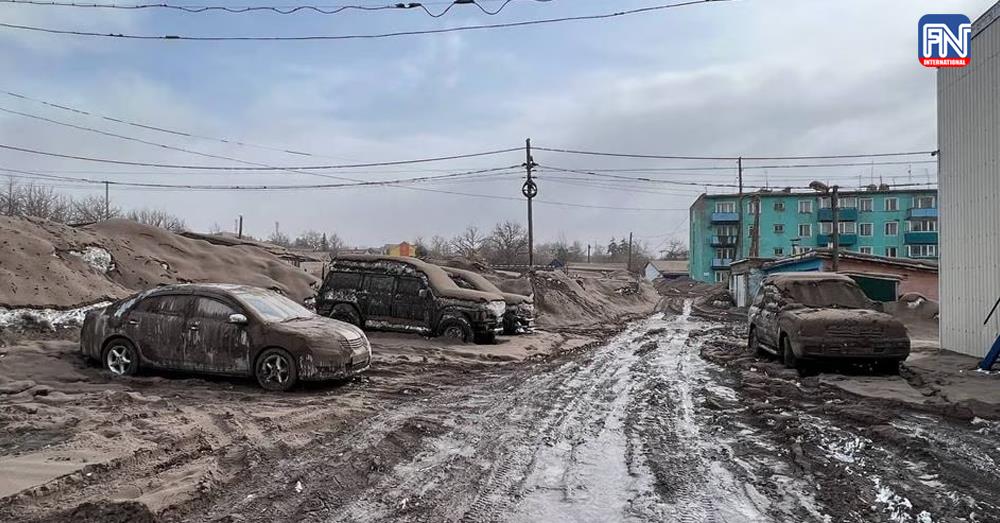PETROPAVLOVSK-KAMCHATSKY, April 11 (Reuters) - One of Russia's most active volcanoes erupted on the far eastern Kamchatka peninsula on Tuesday, shooting a vast cloud of ash far into the sky that smothered villages in drifts of grey volcanic dust and triggered an aviation warning.
The Shiveluch volcano erupted just after midnight and reached a crescendo about six hours later, spewing out an ash cloud over an area of 108,000 square kilometres (41,700 square miles), according to the Kamchatka Branch of the Russian Academy of Sciences' Geophysical Survey.
Lava flows tumbled from the volcano, melting snow and prompting a warning of mud flows along a nearby highway while villages were carpeted in drifts of grey ash as deep as 8.5 centimetres (3.5 inches), the deepest in 60 years.
Pictures showed the cloud billowing over the forests and rivers of the far east and of villages covered in ash.
"The ash reached 20 kilometres high, the ash cloud moved westwards and there was a very strong fall of ash on nearby villages," said Danila Chebrov, director of the Kamchatka branch of the Geophysical Survey.
"The volcano was preparing for this for at least a year... and the process is continuing though it has calmed a little now," Chebrov said.
Around 24 hours after the volcano began erupting, a 5.8 magnitude earthquake struck off the coast of Kamchatka, the geological survey said. Russian scientists said the quake was an aftershock from an April 3 earthquake.
About 300,000 people live on Russia's vast Kamchatka peninsula, which juts into the Pacific Ocean northeast of Japan.
The volcano, one of Kamchatka's largest and most active, would probably calm now, Chebrov said, though he cautioned that further major ash clouds could not be excluded. Chebrov said the lava flows should not reach local villages.
There were no immediate reports of casualties, though scientists said the volcano was still erupting 15 hours after the start of the eruption.





